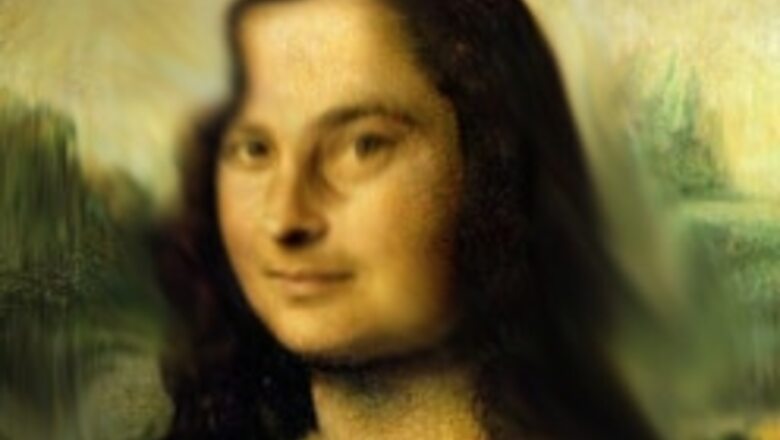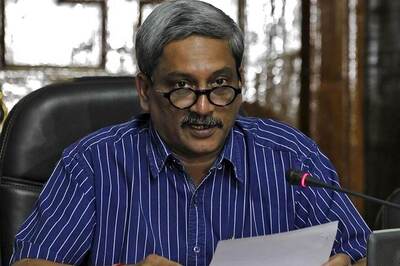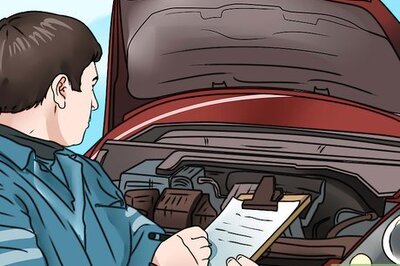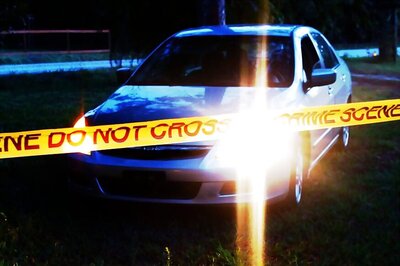
views
Vienna: For centuries, art experts all over the world have been bugged by the question – “is it fake or real?” Validating a supposed piece of art has singlehandedly been responsible for giving a lot of art collectors and detectives sleepless nights.
But now, help comes from an unexpected quarter: the UN nuclear watchdog, usually better known for investigating a country's nuclear programme or weapons aspirations.
Using nuclear techniques for non-destructive analysis of artworks has been a staple approach in Western museums and laboratories for many years. But, for developing countries that are often just in the process of rediscovering their cultural heritage, those technologies are a new approach.
"It is like being a detective. You use something you know to find out new things," said Guenther Mank, of the International Atomic Energy Agency's (IAEA) Division of Physical and Chemical Sciences that coordinates the agency's support for their member states' art-sleuthing activities.
In Peru for example, art experts shoot neutron beams at Nazca pottery in an attempt to determine the pottery shards' elemental composition, comparing the information gained to reference material.
Using this non-destructive technique, they may also be able to determine the object's age, or at what temperature it was fired, explained Mohammad Haji-Saeid, the IAEA's contact point on the project.
The analysis made possible the location of the origins of the clay and old travel and transport routes.
Among the techniques most widely used are X-ray fluorescent spectroscopy or XRF, proton induced X-ray emission (PIXE) and instrumental neutron activation analysis (INAA).
Facilities useable for analysis are often available in developing countries, without the scientists being aware of them or the methods, Haji-Saeid said.
Nuclear technologies are used both for determining the authenticity and for conservation reasons, said Martina Griesser, head of the conservation department at Vienna's Fine Art Museum, their important aspect being their non-destructiveness.
"As art historians or restorers we would love just to look at an object and know what it was," Griesser said.
In XRF, a fine x-ray beam hits a surface, picking out the heavier elements - for example the colour pigments of a painting, Mank explained.
"One can find out if something was added to the painting, or if for example a different kind of paint had been used that had not been available at the time of the painter."
An IAEA-developed portable XRF instrument was used by the Vienna museum.
It was a major advantage as, "for us, analysis normally ends if the object has to leave the building", Griesser said. Transport and insurance costs and risks are too high.
XRF is no longer useful when attempting to analyse light or organic elements, or when attempting to look beneath the surface of an object, IAEA expert Dariuz Wegrzynek explained.
Employing PIXE, where proton accelerators at scientific institutions can be pressed into the service of art history, researchers can go a little deeper, analysing the radiation emitted by a substance when hit with a proton, used for example in analysing pottery glazes.
Neutron activation analysis again can penetrate different layers of paintings or statues.
A combination of XRF and neutron analysis works well as -- in contrast to XRF -- INAA can analyse organic materials like carbon.
Applied to paintings, those technologies can help the researchers look "behind" the painting, helping them understand the stages in composition, or changes made in the process.
In the wake of developing countries reviving interest in their cultural heritage, demand for financially effective methods is increasing.
The IAEA advocates the use of those already existing technologies. "Many developing countries already have the technology around, for example tandem accelerators or research reactors, but they need to know that the methods exist. People have something in their labs already that can benefit their country," Mank said.
Cost also factors in – putting existing facilities to new uses keeps the financial burden low. "Using time at a research reactor is not that expensive," Haji-Saeid said.
Using nuclear techniques, art detectives cannot solve every riddle, but especially in combining methods, they can at least attempt to solve some of them.
And, in helping to establish knowledge about their history, researchers from developing countries can also help boost their self-confidence, the IAEA believes.




















Comments
0 comment